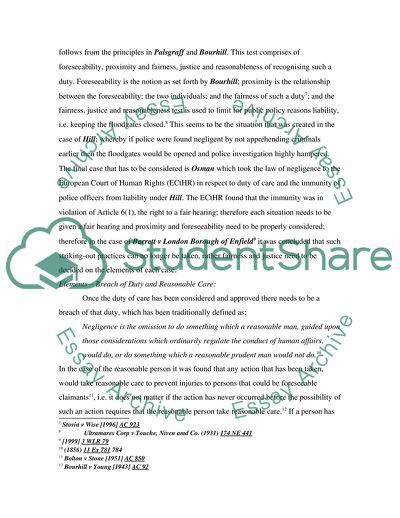Cite this document
(All Possible Negligence Claims in the Business Law Assignment - 4, n.d.)
All Possible Negligence Claims in the Business Law Assignment - 4. Retrieved from https://studentshare.org/law/1705072-business-law
All Possible Negligence Claims in the Business Law Assignment - 4. Retrieved from https://studentshare.org/law/1705072-business-law
(All Possible Negligence Claims in the Business Law Assignment - 4)
All Possible Negligence Claims in the Business Law Assignment - 4. https://studentshare.org/law/1705072-business-law.
All Possible Negligence Claims in the Business Law Assignment - 4. https://studentshare.org/law/1705072-business-law.
“All Possible Negligence Claims in the Business Law Assignment - 4”. https://studentshare.org/law/1705072-business-law.


